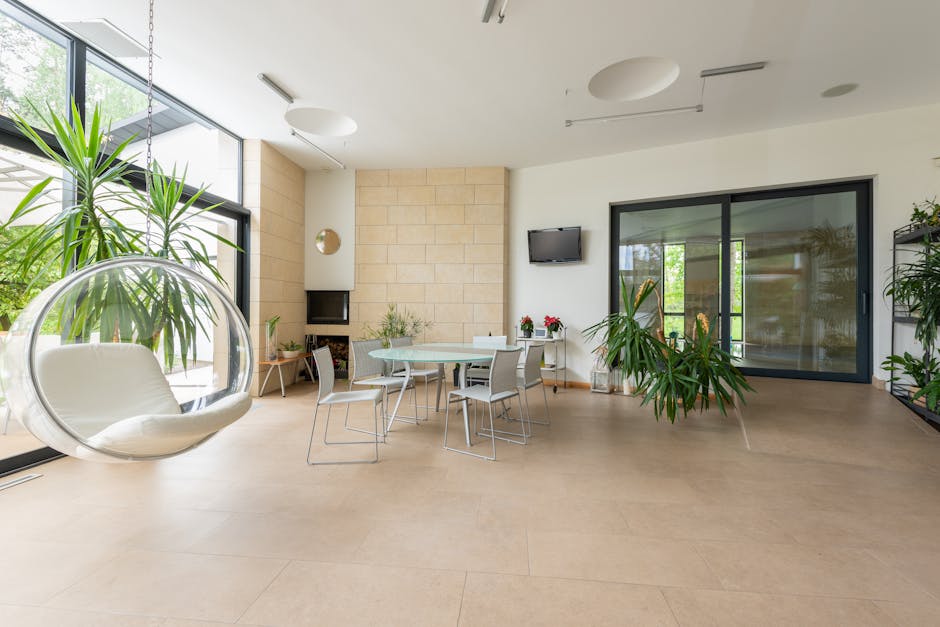 Photo from Pexels
Photo from Pexels
Originally Posted On : https://www.tinttou.com/keeping-out-the-rays-the-best-types-of-window-tint-explained
Window tints are the perfect solution for keeping out harmful rays. Our experts are revealing the best types of window tint here.
Are you looking for a way to protect your car or home from harmful UV rays while maintaining privacy and reducing heat? Look no further than window tint.
Window tint offers a range of benefits, from reducing glare and heat to providing added security and privacy. With so many window tint types available, choosing the best one for your needs can be overwhelming.
By understanding the different types of window tint and their benefits, you can make an informed decision that will provide long-lasting protection and comfort for your car or home. That’s what this article is about.
Keep reading to learn about the best window tint available and how to choose a window tint that suits your needs.
Benefits of Window Tinting
Before delving into the different types of window tint, it’s essential to understand the benefits of commercial, residential or paint protection services.
Firstly, window tinting provides increased privacy. It makes it difficult for others to see inside, which is especially useful for car owners who want to keep their valuables hidden or for homeowners who wish to keep their privacy from nosy neighbors.
Secondly, window tinting reduces heat and glare. This is particularly useful for car owners who don’t want to be blinded by the sun while driving or for homeowners who wish to reduce the amount of sunlight coming into their homes, especially during hot summer months.
Thirdly, window tinting protects from UV rays. This is crucial for cars and homeowners, as UV rays can cause skin damage and fade interior furnishings.
Lastly, window tinting can enhance security. Security film, a type of window tint, makes it more difficult for burglars to break into a home or car. In the event of an accident, it also prevents shattered glass from flying around, potentially harming passengers.
Types of Window Tint
There are four main types of window tint to consider: dyed, metalized, ceramic, and hybrid. Each type has its unique features and benefits, as well as drawbacks.
Dyed Window Tint
Dyed window tint is the most affordable option, making it popular for many cars and homeowners. It applies a dye layer onto the film, which absorbs heat and reduces glare.
However, the dye can fade over time, causing the tint to become less effective. Additionally, the paint may affect visibility, particularly in low-light conditions.
Metalized Window Tint
Metalized window tint is made by applying a thin metal layer onto the film. It provides superior heat and glare reduction compared to dyed hues.
However, the metal layer can interfere with radio and cellular signals, which may be problematic for car owners who rely on their phones for navigation.
The metalized tint is also more reflective than other types of tint, which can be a drawback for some.
Ceramic Window Tint
Ceramic window tint is the newest type of window tint on the market, and it is quickly becoming a popular choice among cars and homeowners.
It is made by infusing ceramic particles into the film, which provides superior heat and glare reduction without affecting visibility or interfering with signals.
Additionally, it provides excellent UV protection and is more durable than other types of tint. However, it is also the most expensive option.
Hybrid Window Tint
Hybrid window tint combines elements of dyed and metalized paint. It provides superior heat and glare reduction compared to stained shade without interfering with signals like a metalized tint.
However, it is more expensive than a dyed tint and may not provide as much UV protection as a ceramic tint.
Choosing the Right Window Tint
When selecting a window tint, there are several factors to consider.
Firstly, consider your budget. While ceramic tint may provide the best results, it may not be financially feasible for everyone.
Secondly, consider your aesthetic preferences. Some types of tint are more reflective than others, which may not be suitable for everyone’s taste.
Thirdly, consider state laws. Some states restrict the darkness of car window tint, so it’s essential to check your state’s regulations before deciding.
Another factor to consider is the quality of the tint and the installation. Cheap window tint may be less effective and may not last as long. Professional installation is also crucial for ensuring the paint is applied correctly and lasts as long as possible.
It’s essential to avoid common mistakes when choosing a window tint. One mistake is selecting a stain solely based on its price without considering its effectiveness or durability.
Another mistake is not researching state laws and choosing a tint that doesn’t comply with them. Lastly, not considering the quality of installation can result in a poorly applied dye that doesn’t provide the desired results.
Professional Installation vs. DIY
While some may be tempted to save money by installing window tint themselves, it’s often best to leave it to the professionals.
Professional installation ensures that the tint is applied adequately without any bubbles or creases, which can affect its effectiveness and lifespan.
DIY installation can also be risky. Without proper knowledge and tools, damaging the tint or the window is easy. A poorly applied dye can also interfere with signals and cause other problems.
That being said, there are some situations where DIY installation may be appropriate.
For example, applying pre-cut tint to a small window may be manageable for some. However, it’s essential to thoroughly research and understand the process before attempting DIY installation.
Maintenance and Care
Proper maintenance and care are essential for ensuring the longevity and effectiveness of window tint.
Firstly, avoiding cleaning the tint with ammonia-based products is essential, which can damage the paint. Instead, use a mild soap and water mixture or a specialized tint cleaning product.
Secondly, avoid rolling down car windows at least 24-48 hours after installation to allow the tint to adhere correctly. Also, avoid using abrasive materials or tools when cleaning the paint, as this can damage it.
Lastly, be aware of common problems with window tint, such as peeling or bubbling. Addressing these problems as soon as they occur can prevent further damage and prolong the paint’s lifespan.
New Technologies and Types of Window Tint
Since 2020, there have been some advancements in window tint technology. For example, some manufacturers have developed “smart” window tints that can be controlled through an app. This allows users to adjust the shade based on their preferences or needs.
Another new type of window tint is spectrally selective tint. This tint allows visible light to pass through while blocking out specific infrared and UV light wavelengths.
This results in superior heat reduction and UV protection without affecting visibility or interfering with signals.
Window Tinting for You
Choosing the right types of window tint is essential for cars and homeowners who need home window tint.
Understanding the benefits and drawbacks of each type of tint can help make the decision easier. Consider budget, aesthetic preferences, and state laws when deciding.
Remember to opt for professional installation to ensure the tint is applied correctly and maintained. With proper care and maintenance, window tints can provide long-lasting benefits and protection from harmful UV rays.
Get in touch with Tint To U if you would like to purchase a window tint that serves whatever purpose you might have in mind.




